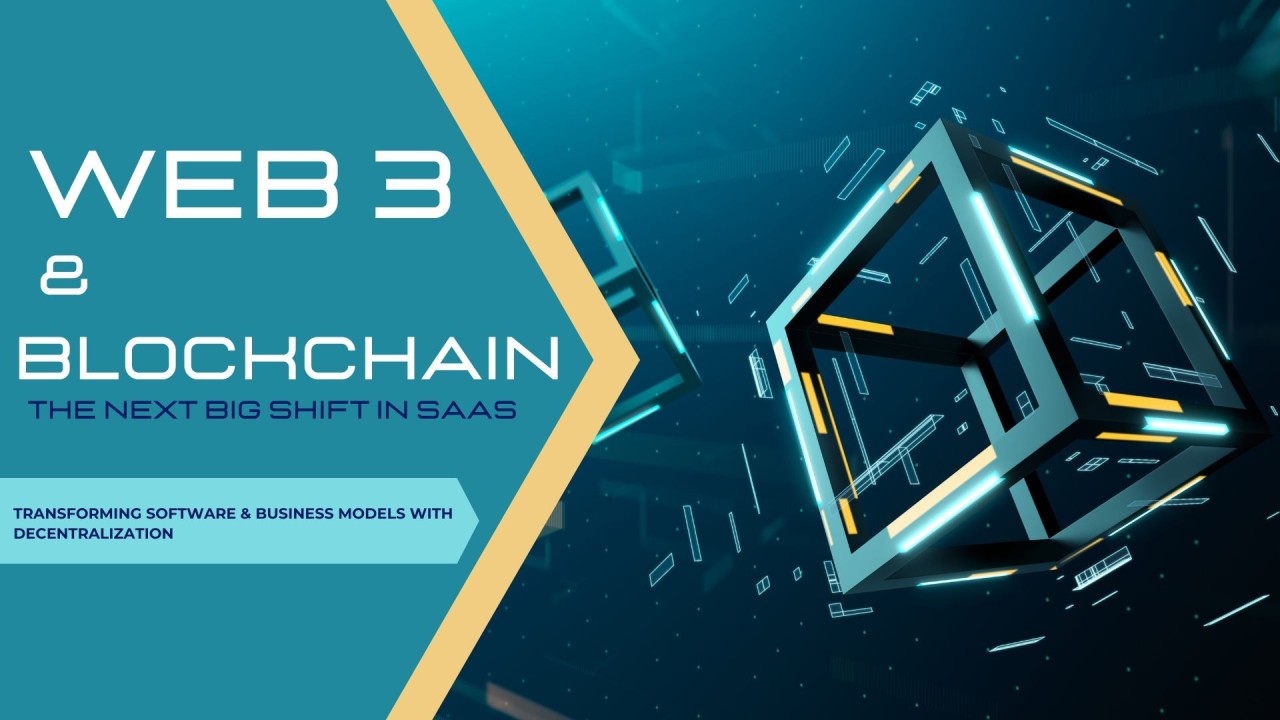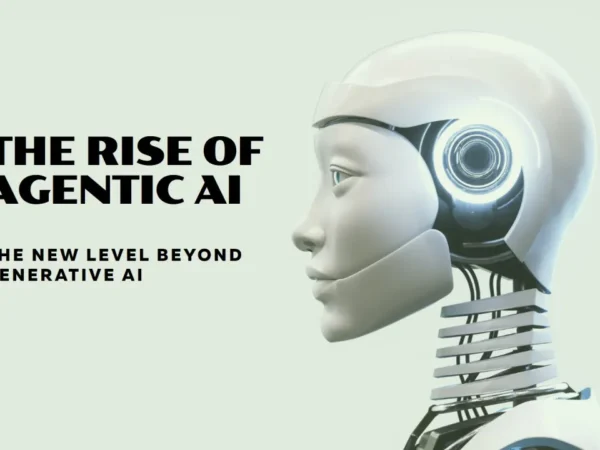Blockchain and Web3 have had their ups and downs. But in 2025, there’s renewed momentum — not just in cryptocurrency speculation, but in decentralization, digital identity, smart contracts, and new applications that promise greater user control and transparency.
What is Web3?
- A general movement toward a decentralized version of the internet.
- Key features include: distributed ledger/blockchain systems, smart contracts, user-owned identity, decentralized finance (DeFi), ownership of data/assets (often via NFTs or tokens).
Where It’s Actually Making Strides
- Decentralized Finance (DeFi): Platforms for lending, borrowing, trading without traditional intermediaries.
- Digital Identity & Authentication: Systems that allow users to own and control their identity and personal data instead of big centralized platforms.
- Supply Chain & Provenance: Tracking items (food, pharmaceuticals, etc) through blockchains to ensure transparency, reduce fraud.
- Smart Contracts for Agreements: Automating contracts in many sectors — legal, real estate, freelance work, etc.
Common Misconceptions
- That Web3 = “just crypto”. Many projects are exploring blockchain use without tokens, or using tokenization in non-speculative ways.
- That decentralization means no regulation. Real-world systems require legal compliance, identity verification, and often some hybrid (partial centralization) models.
Risks and Barriers
- Scalability and Speed: Many blockchain systems still struggle with throughput, latency.
- Regulation & Legal Frameworks: Many jurisdictions are still unclear on how blockchain transactions are treated, especially in finance or property.
- User Experience: Wallets, private keys, etc — still fairly complex for many non-tech users. Usability is a big hurdle.
- Environmental Concerns: Some blockchains consume high energy (though many are moving to more efficient consensus mechanisms).
What to Watch For
- More blockchain projects using energy-efficient mechanisms (proof-of-stake, etc).
- Governments exploring digital identity systems, or central bank digital currencies (CBDCs).
- Growing interest in tokenization of assets — not just digital art, but real estate, intellectual property, etc.
- Hybrid approaches: decentralized architectures with regulatory compliance built in.

